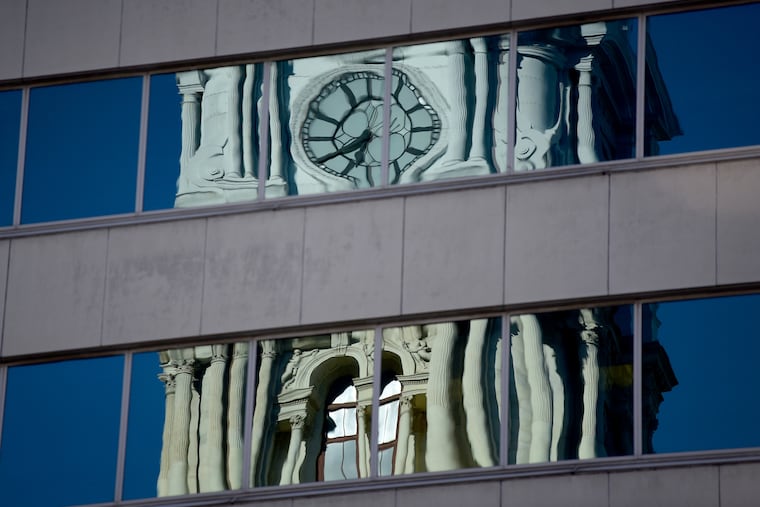Letters to the Editor | March 12, 2025
Inquirer readers on daylight savings time and terms banned by the Trump administration.

Banned term
The federal government recently posted a list of terms to be avoided or used sparingly. One term not to be used is social justice. Contrary to the administration’s rejection of the term, social justice is a central tenet of modern Catholic social teaching. What does the term mean, and why would its use be forbidden by the Trump administration?
The Catholic Church recognizes that people are helped or hurt by social conditions. Children are disadvantaged who live in rundown neighborhoods rampant with illegal drug use and the threat of violence, who lack accessibility to healthy food choices, and who attend schools without adequate resources. Catholic social teaching reminds us that societal conditions must be addressed if we are serious about helping people in need. It refers to the “two feet” of addressing problems — charity and social justice. Charity helps people individually and temporarily. Social justice addresses underlying causes of suffering and supports policies and programs that lead to long-term solutions. Government has a major role to play in promoting social justice through tax policies, priorities, and distribution of resources.
Society is judged by the way the poorest among us are doing. Social programs aimed at bettering the welfare of all must be the driving force of a healthy nation. Why would the Trump administration fear social justice approaches to addressing problems? Social justice should be a hallmark of our government, not a term to be avoided.
Joseph Stoutzenberger, Erdenheim, jstoutzenberge@comcast.net
Sunset daylight saving
In 2005, Congress monkeyed with the dates for beginning and ending daylight saving time. What was already overkill for the western part of each time zone became even worse. The argument that it would save energy was at best flimsy when you consider that in Michigan and Memphis, on the second Sunday in March, people get up in the dark and turn on the lights and the heat an hour earlier just so those in the eastern stretch can turn theirs on after sunrise. Daylight saving time may have saved energy when most electricity went toward lights, but that’s not the case now.
Saving the cost of the twice-a-year change would make more sense. Daylight saving time does not create more daylight.
Do you really want kids walking to school before the beginning of civil twilight when it’s not necessary? At a minimum, the dates should at least go back to what they were before 2005. Better yet, scrap an outmoded ideal altogether.
Barry Johnson, Blue Bell
Join the conversation: Send letters to letters@inquirer.com. Limit length to 150 words and include home address and day and evening phone number. Letters run in The Inquirer six days a week on the editorial pages and online.